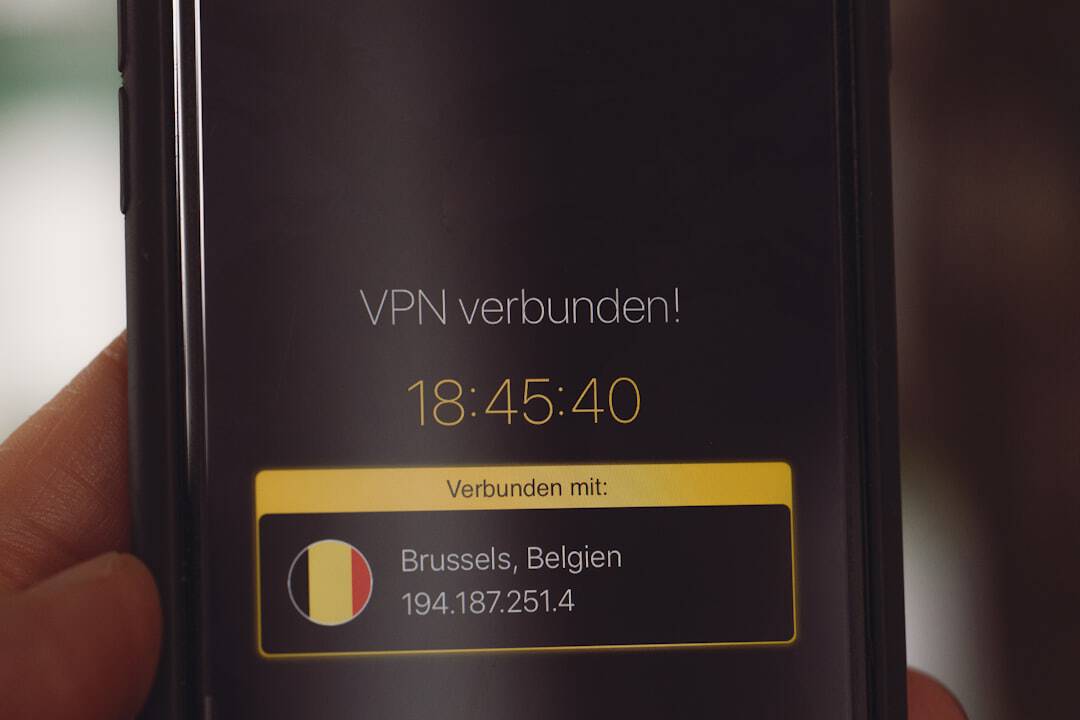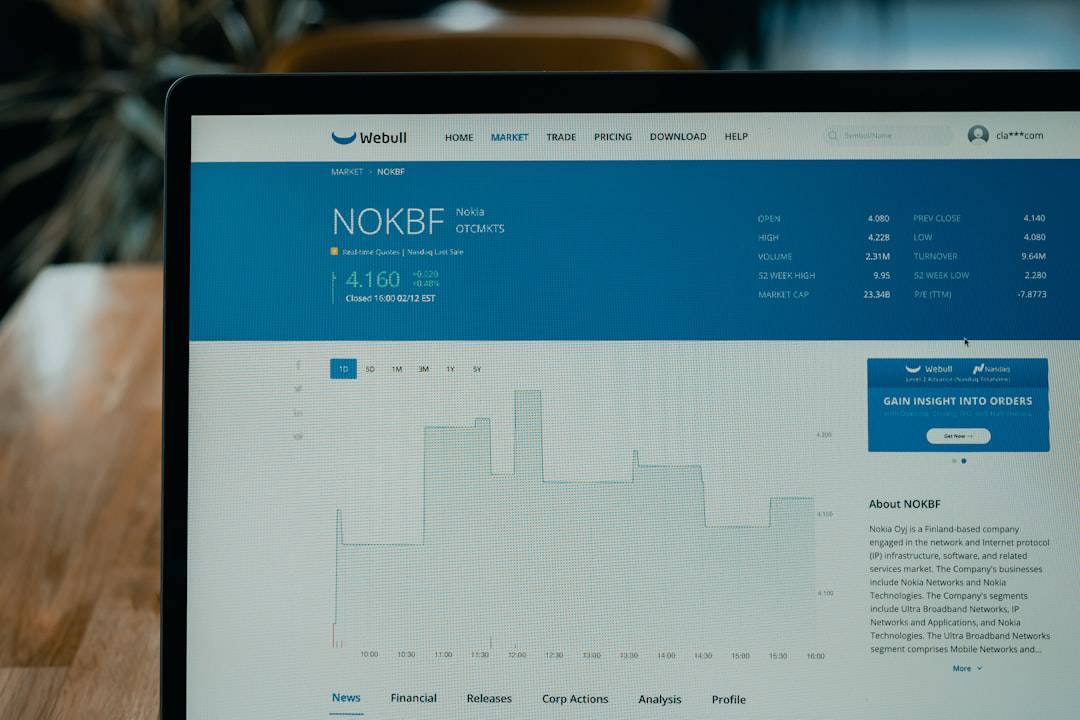Zero Trust Network Access (ZTNA) is a security model designed to address the limitations of traditional network security measures. Unlike conventional approaches that rely on perimeter-based defenses, ZTNA operates on the principle of “never trust, always verify.” This model assumes that every user, device, and application is a potential threat and requires verification before granting network access. ZTNA utilizes various technologies, including identity and access management (IAM), multi-factor authentication (MFA), encryption, and micro-segmentation to ensure that only authorized users and devices can access specific network resources.
By implementing ZTNA, organizations can significantly reduce the risk of unauthorized access, data breaches, and insider threats. This approach is particularly relevant in today’s environment, where remote work and cloud-based applications have become prevalent, rendering traditional perimeter-based security measures less effective. Implementing ZTNA necessitates a shift in mindset from trusting everything inside the network to verifying and validating every access request.
This approach provides more granular control and visibility, allowing organizations to enforce access policies based on user identity, device posture, location, and other contextual factors. By adopting ZTNA, organizations can achieve enhanced security and compliance while enabling secure access for remote workers, third-party vendors, and partners.
Key Takeaways
- ZTNA is a security model that verifies every user and device trying to access a network, regardless of whether they are inside or outside the network perimeter.
- Implementing ZTNA can enhance security by providing granular access controls, reducing the attack surface, and preventing lateral movement of threats within the network.
- Key features and benefits of ZTNA include identity-based access, continuous monitoring, encryption, and the ability to adapt to dynamic business needs.
- Organizations can overcome security challenges with ZTNA by addressing legacy VPN issues, ensuring seamless user experience, and integrating with existing security tools.
- Best practices for deploying ZTNA include conducting a thorough risk assessment, defining access policies based on user roles, and regularly updating security measures to adapt to evolving threats.
- Integrating ZTNA with existing security measures involves aligning access controls, leveraging threat intelligence, and ensuring interoperability with other security solutions.
- Future trends in ZTNA and network security include the adoption of AI and machine learning for threat detection, the rise of cloud-based ZTNA solutions, and the increasing importance of securing remote and mobile workforce.
Implementing ZTNA for Enhanced Security
Conducting a Comprehensive Network Assessment
The first step in implementing ZTNA is to conduct a comprehensive assessment of the existing network infrastructure and security posture. This assessment should identify potential vulnerabilities and areas for improvement, including an evaluation of user access controls, device management, application security, and data protection measures.
Defining Access Policies and Implementing Strong Authentication
Once the assessment is complete, organizations can begin implementing ZTNA by defining access policies based on the principle of least privilege. This means granting users access only to the resources they need to perform their job functions, reducing the risk of unauthorized access and data exposure. Strong authentication mechanisms such as multi-factor authentication (MFA) should also be implemented to verify the identity of users and devices before granting access to the network.
Protecting Data with Encryption and Micro-Segmentation
Another important aspect of implementing ZTNA is the use of encryption to protect data both at rest and in transit. By encrypting sensitive data, organizations can ensure that even if a breach occurs, the data remains unreadable and unusable to unauthorized parties. Additionally, micro-segmentation can be implemented to create isolated network segments for different types of users and devices, further reducing the risk of lateral movement by attackers within the network.
Achieving a Holistic Security Posture
Overall, implementing ZTNA requires a holistic approach that encompasses user access controls, device management, application security, and data protection measures. By taking these steps, organizations can enhance their overall security posture and reduce the risk of unauthorized access and data breaches.
Key Features and Benefits of ZTNA

ZTNA offers several key features and benefits that make it an attractive security model for organizations looking to enhance their network security posture. One of the key features of ZTNA is its ability to provide granular access controls based on user identity, device posture, location, and other contextual factors. This allows organizations to enforce access policies that are tailored to specific user roles and responsibilities, reducing the risk of unauthorized access and data exposure.
Another important feature of ZTNA is its support for secure remote access. With the rise of remote work and cloud-based applications, organizations need a security model that can provide secure access for remote workers without compromising on security. ZTNA allows organizations to extend their security perimeter to remote users and devices, ensuring that they can securely access corporate resources from anywhere in the world.
In addition to these features, ZTNA offers several benefits for organizations looking to enhance their network security posture. One of the key benefits of ZTNA is its ability to reduce the attack surface by implementing least privilege access controls. By only granting access to authorized users and devices, organizations can significantly reduce the risk of unauthorized access and lateral movement by attackers within the network.
Furthermore, ZTNA can help organizations achieve compliance with industry regulations and data protection standards by implementing strong authentication mechanisms, encryption, and access controls. This can help organizations avoid costly fines and reputational damage resulting from non-compliance with regulatory requirements. Overall, ZTNA offers a range of key features and benefits that make it an effective security model for organizations looking to enhance their network security posture and protect against potential threats.
Overcoming Security Challenges with ZTNA
| Security Challenge | ZTNA Solution |
|---|---|
| Traditional VPN vulnerabilities | ZTNA eliminates the need for VPNs, reducing attack surface |
| Phishing and credential theft | ZTNA provides secure access based on identity and context |
| Network lateral movement | ZTNA enforces least privilege access, limiting lateral movement |
| Legacy perimeter security | ZTNA provides secure access regardless of network perimeter |
While ZTNA offers several key features and benefits, there are also challenges that organizations may face when implementing this security model. One of the main challenges is the complexity of implementing ZTNA across diverse network environments. Organizations with complex network infrastructures may struggle to implement ZTNA in a way that effectively protects all resources while maintaining a seamless user experience.
Another challenge is the potential impact on user productivity and experience. Implementing strong authentication mechanisms and granular access controls may result in additional friction for users when accessing resources within the network. Organizations need to carefully balance security requirements with user experience to ensure that ZTNA does not hinder productivity or create frustration for users.
Additionally, organizations may face challenges related to scalability when implementing ZTNAs the number of users and devices accessing the network grows, organizations need to ensure that their ZTNA solution can scale effectively to accommodate increased demand without compromising on security or performance. Despite these challenges, there are strategies that organizations can employ to overcome them when implementing ZTNThis includes conducting thorough planning and assessment of the network environment to identify potential areas of complexity or scalability issues. Additionally, organizations should prioritize user experience when designing access policies and authentication mechanisms to minimize friction for users while maintaining a high level of security.
By addressing these challenges proactively, organizations can successfully implement ZTNA in a way that enhances their overall network security posture while minimizing potential drawbacks.
Best Practices for Deploying ZTNA
When deploying ZTNA, there are several best practices that organizations should consider to ensure a successful implementation and maximize the benefits of this security model. One best practice is to start with a clear understanding of the organization’s security requirements and objectives. This includes conducting a thorough assessment of the existing network infrastructure, identifying potential vulnerabilities, and defining access policies based on least privilege principles.
Another best practice is to prioritize user experience when designing access controls and authentication mechanisms. Organizations should aim to strike a balance between security requirements and user productivity by implementing seamless authentication methods such as single sign-on (SSO) and adaptive authentication that can verify user identity without creating unnecessary friction. Furthermore, organizations should consider implementing strong encryption mechanisms to protect data both at rest and in transit.
This includes leveraging technologies such as virtual private networks (VPNs) and secure sockets layer (SSL) to create secure communication channels between users and corporate resources. Additionally, organizations should regularly monitor and audit access controls to ensure that they remain effective in mitigating potential threats. This includes conducting regular reviews of user access permissions, device posture assessments, and application usage to identify any anomalies or potential security risks.
By following these best practices, organizations can deploy ZTNA in a way that enhances their overall network security posture while minimizing potential drawbacks.
Integrating ZTNA with Existing Security Measures

Integrating ZTNA with existing security measures is an important consideration for organizations looking to enhance their overall network security posture. One approach to integration is to leverage existing identity and access management (IAM) solutions as part of the ZTNA implementation. This includes integrating IAM platforms with ZTNA solutions to provide seamless user authentication and authorization processes while maintaining a high level of security.
Another important aspect of integration is ensuring compatibility with existing networking infrastructure such as firewalls, routers, and switches. Organizations should evaluate how their existing networking equipment can support ZTNA requirements such as micro-segmentation and encrypted communication channels to ensure a seamless integration without compromising on performance or security. Furthermore, organizations should consider integrating ZTNA with existing threat detection and response solutions such as intrusion detection systems (IDS) and security information and event management (SIEM) platforms.
This allows organizations to correlate access control events with potential security threats in real-time, enabling proactive response to potential breaches or unauthorized access attempts. Overall, integrating ZTNA with existing security measures requires careful planning and coordination across different IT teams within the organization. By leveraging existing IAM solutions, networking infrastructure, and threat detection capabilities, organizations can seamlessly integrate ZTNA into their overall security architecture while maximizing its effectiveness in protecting against potential threats.
Future Trends in ZTNA and Network Security
Looking ahead, there are several future trends in ZTNA and network security that are likely to shape the way organizations approach their security posture. One trend is the increasing adoption of cloud-based ZTNA solutions that offer scalability and flexibility for organizations looking to secure their network resources across diverse environments. Cloud-based ZTNA solutions provide centralized management capabilities while enabling secure access for remote users and devices without the need for on-premises infrastructure.
Another future trend is the convergence of ZTNA with software-defined networking (SDN) technologies to create more dynamic and adaptive access controls based on real-time network conditions. By leveraging SDN capabilities, organizations can implement policy-driven access controls that respond to changing network conditions such as bandwidth availability or latency requirements. Additionally, there is a growing focus on integrating artificial intelligence (AI) and machine learning (ML) capabilities into ZTNA solutions to enable more proactive threat detection and response.
By analyzing user behavior patterns and network traffic in real-time, AI-powered ZTNA solutions can identify potential anomalies or security risks before they escalate into full-blown breaches. Overall, these future trends in ZTNA and network security are likely to drive innovation in how organizations approach their security posture, enabling more dynamic and adaptive access controls while maximizing protection against potential threats. As organizations continue to embrace remote work and cloud-based applications, ZTNA will play an increasingly important role in securing network resources while enabling seamless access for authorized users and devices.
If you are interested in learning more about the challenges and opportunities in the metaverse, particularly in terms of privacy and security concerns, you may want to check out this article. It delves into the potential risks and vulnerabilities that come with the metaverse and how organizations can address them, including the use of Zero Trust Network Access (ZTNA) security measures.
FAQs
What is Zero Trust Network Access (ZTNA) security?
Zero Trust Network Access (ZTNA) security is a security model that requires strict identity verification for every person and device trying to access resources on a private network, regardless of whether they are inside or outside the network perimeter.
How does ZTNA security differ from traditional security models?
Traditional security models typically rely on perimeter-based security, assuming that everything inside the network is trustworthy. ZTNA, on the other hand, assumes that no one is trustworthy by default and requires strict identity verification for every access attempt.
What are the key principles of ZTNA security?
The key principles of ZTNA security include the need for strict identity verification, the principle of least privilege (granting only the minimum level of access required), continuous monitoring and inspection of traffic, and the use of micro-segmentation to limit lateral movement within the network.
What are the benefits of implementing ZTNA security?
Some of the benefits of implementing ZTNA security include improved security posture, better protection against insider threats, enhanced visibility and control over network traffic, and the ability to support remote and mobile workforces securely.
What are some common technologies used to implement ZTNA security?
Common technologies used to implement ZTNA security include software-defined perimeter (SDP), secure access service edge (SASE), and identity and access management (IAM) solutions. These technologies help enforce the principles of ZTNA security by providing secure and granular access controls.











Leave a Reply